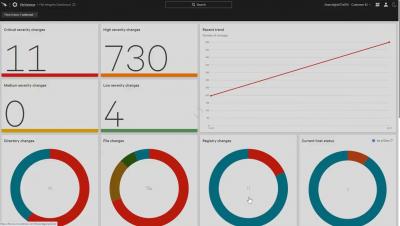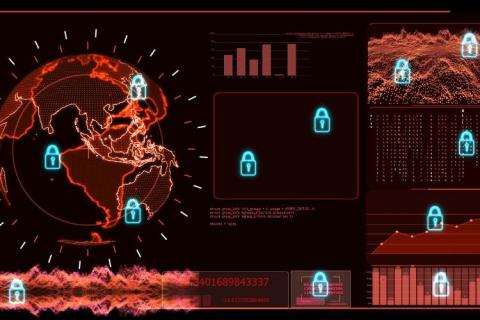The Easy Solution for Stopping Modern Attacks
Modern cyberattacks are multifaceted, leveraging different tools and techniques and targeting multiple entry points. As noted in the CrowdStrike 2022 Global Threat Report, 62% of modern attacks do not use traditional malware and 80% of attacks use identity-based techniques, meaning that attacks target not only endpoints, but also cloud and identity layers with techniques that many legacy solutions have no visibility of or means of stopping.











